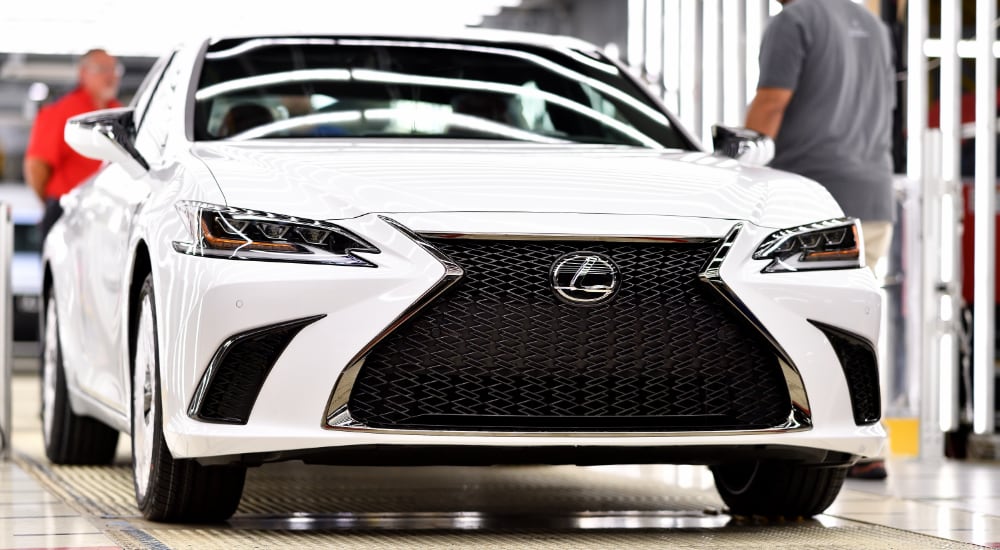The very first 2019 Lexus ES 350 F SPORT has rolled off the production line at the Georgetown factory in Kentucky:
The Lexus line in Georgetown won a J.D. Power Platinum award in 2016 after its first year of production, and has just been awarded a Gold award for the second consecutive year.
The Lexus ES will be arriving in dealerships this September. Pricing has been announced, and here you can read our review of the all-new sedan.


Comments